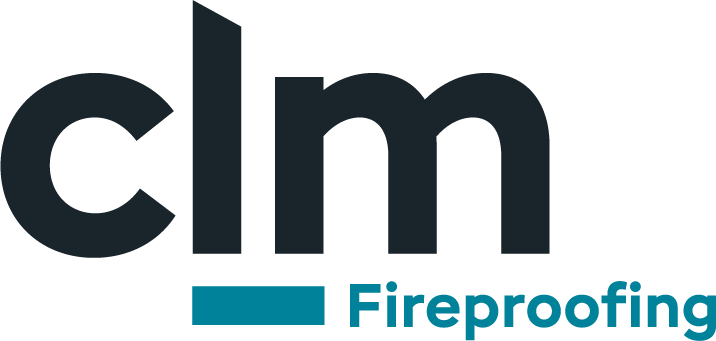If a material is known for having properties of cement, it’s called ‘cementitious’. Cementitious materials are one of the core ingredients when making concrete. There are two forms of cementitious material: supplementary cementitious materials and hydraulic cement.
Concrete is of course one of the most common materials in construction. It’s cost-effective, strong, and doesn’t corrode over time. Perhaps most importantly, the cementitious properties of concrete actually make it inherently fire-resistant.
Cementitious coating definition
To protect steel elements within a building’s construction, a cementitious coating can be applied. This coating consists of cement or gypsum, which, when wet, forms a durable surface with high fire resistance. Cementitious sprays are applied in multiple layers in order to protect the underlying material. When finished, it forms a barrier that delays the rate of heat transfer in the event of a fire.
What is cementitious fireproofing used on?
Cementitious spray can be used on most building materials. Its most common application, however, is on structural steel. When applied in multiple layers, cementitious sprays can improve the fire resistance of structural steel.
Regardless of which material it’s applied to, there are some key considerations to bear in mind when using cementitious sprays. Firstly, it can be liable to cracking. If the load weight of the protected surface has been miscalculated, the solid surface of the cementitious spray can splinter under the pressure. Secondly, cementitious sprays are not always suitable for high-moisture environments. Moisture can collect between the substrate and the coating, potentially leading to the corrosion of the substrate. For these reasons, intumescent fireproofing is increasingly preferred.
Cementitious fireproofing vs intumescent fireproofing
Intumescent fireproofing operates very differently to cementitious fireproofing. Instead of being a thick fire resistant barrier, intumescent paint expands in response to extreme heat, which creates char. The sudden increase in volume through the bubbles acts as an insulating barrier.
So, which is better? Well, the effectiveness of the two are very similar and equally as valid when it comes to compliance. The cementitious coatings are more difficult to apply, however. Intumescents are applied like any coating, meaning contractors make light work out of it, and can thus have multiple layers. Each coating will increase the fire resistance of the structural steel, making this a quick and efficient passive fireproofing method. Generally, 350mm coatings have a 1.5 hour rating and thus 700mm will have double – a 3 hour rating.
Intumescent paint is also more advanced from a technical point, but this doesn’t mean cementitious fireproofing is obsolete. Cementitious coatings are not only still effective, but are also cost-effective given their composition of materials.
CLM Fireproofing are the UK’s leading experts in passive fire protection. We are on-hand to provide specialist installation and consulting services. Our operatives are fully compliant with the latest industry regulations, so our clients can feel confident that their building is protected from fire.
To speak to one of our passive fire protection specialists, contact CLM Fireproofing today



